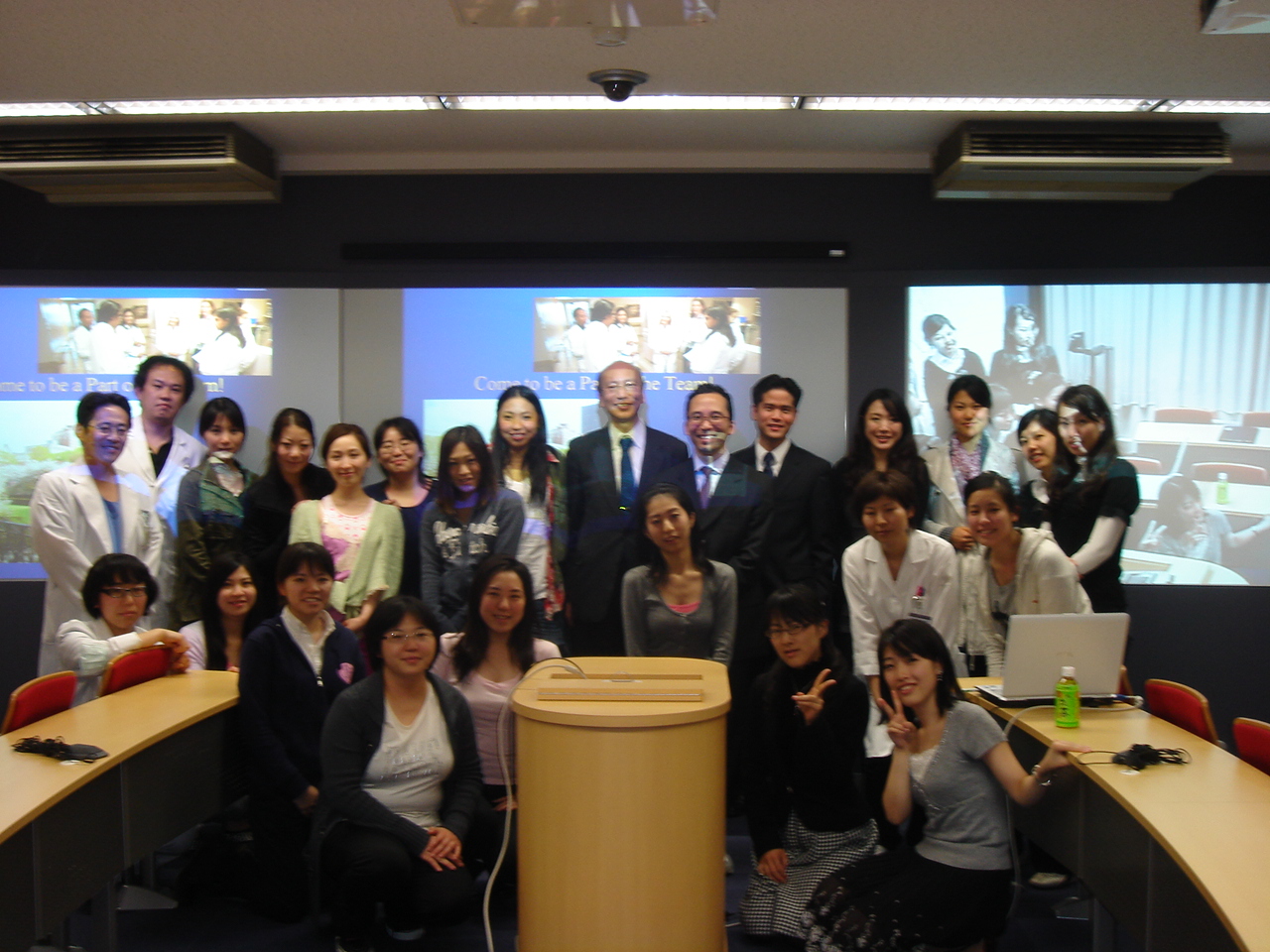
Each year, students from Tokyo Women’s Medical University (TWMU) participate in an exchange program with medical schools in the US (Brown, Columbia, Mt. Sinai, Tufts, and U of Texas Houston), Belgium, China, England, France, and Korea. Students begin preparing for their study abroad experience at spring informational meetings at TWMU (photo at left), go through interviews and training, and then travel the following year to rotate through a teaching hospital abroad. TWMU welcomes exchange students from abroad each year as well.
Chiyomi Maruki and Kaoru Suzuki, two 5th year medical students, are participating in clinical rotations at the Mount Sinai School of Medicine this winter. As part of the exchange program, Chiyomi and Kaoru recently gave a presentation to the JMSA members-in-training.
Please click “Read More” to read a transcript of their presentation and find out more about student life at a Japanese medical school.
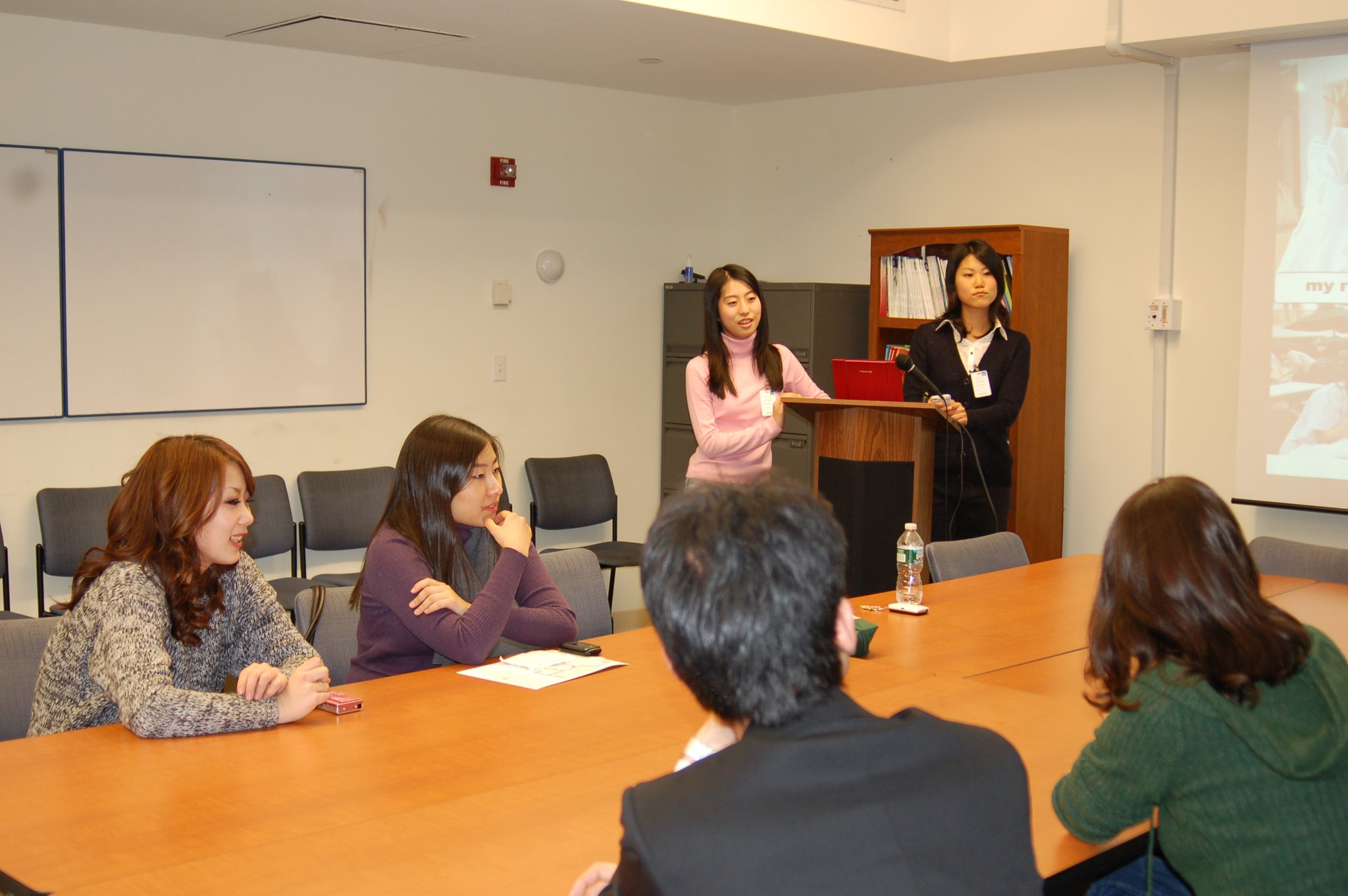
Thank you very much for giving us the opportunity to share our experiences with you! Today, we would like to tell you about student life at our medical school.
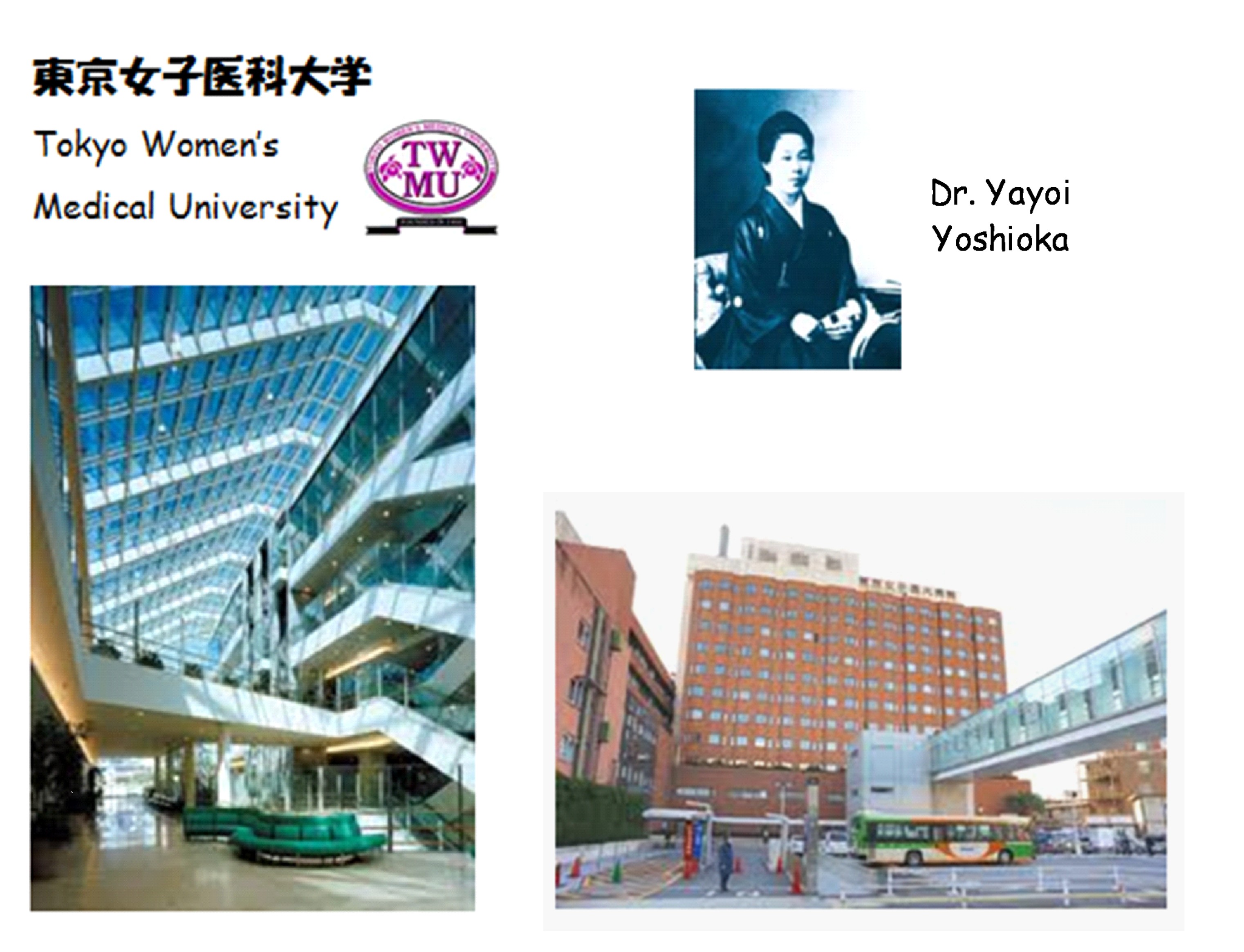
Tokyo Women’s Medical University (TWMU) and the university hospital are located in Shinjuku, Tokyo. TWMU was founded in 1900 by Dr Yayoi Yoshioka, and is the only women’s medical university in the world.
There are 1000 inpatients and 4000 outpatients in our hospital each day. Seven hundred doctors and 1000 nurses work at TWMU, and there are 600 female medical students.
Entering Medical School in Japan
In Japan, students enter medical school just after graduating from high school. Most students need to take very competitive entrance examinations, submit papers and complete interviews. However, TWMU also admits some students based on recommendations from their high schools. There are two types of recommendation-based entrance systems at our university. One is only open to students from designated schools, while the other allows recommendations from any high school. Applicants who gain admission by the former recommendation system only have to complete interviews to fulfill the entrance requirements. However, these applicants need to get very good grades in every subject and contribute to their high schools by being a member of the student council or doing volunteer work. Students who are admitted by the latter recommendation system take a unique entrance examination. They also need to attend small group discussions with other applicants and complete interviews and paper exams.
Medical Student Life at TWMU
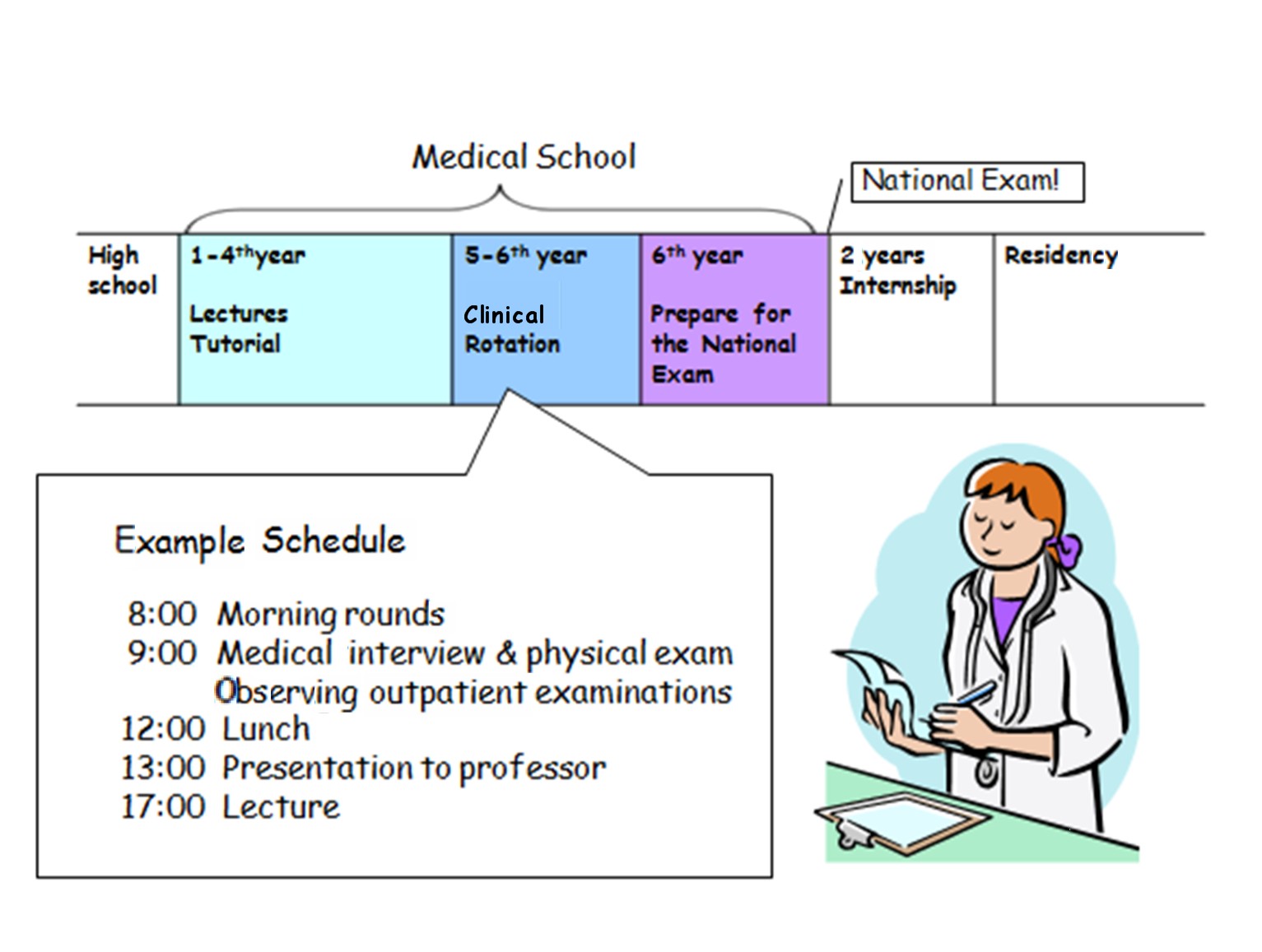
During 1st through 4th year, students at TWMU attend lectures and small group case discussions called tutorials. In the first two years, we can take general education requirements, while in 3rd and 4th year, we focus on medical classes. From 5th year to the first half of 6th year, we do clinical rotations, and in February of 6th year, we take the national licensing exam.
During clinical rotations, our schedule starts with morning rounds. Afterwards, we interview the patients assigned to our team, and do physical examinations. We can also go to the outpatient clinic and watch doctors examine patients. After lunch, we present our cases to our mentors or professors, and sometimes we have afternoon lectures from doctors.
Unlike US medical students, we do not have many opportunities to actively participate in treatment. We can take blood pressures and do physical exams, but we are not allowed to help with invasive procedures. _________________________________________________We begin participating in these activities during our _________________________________________________internship.
Female Doctor Re-training Program
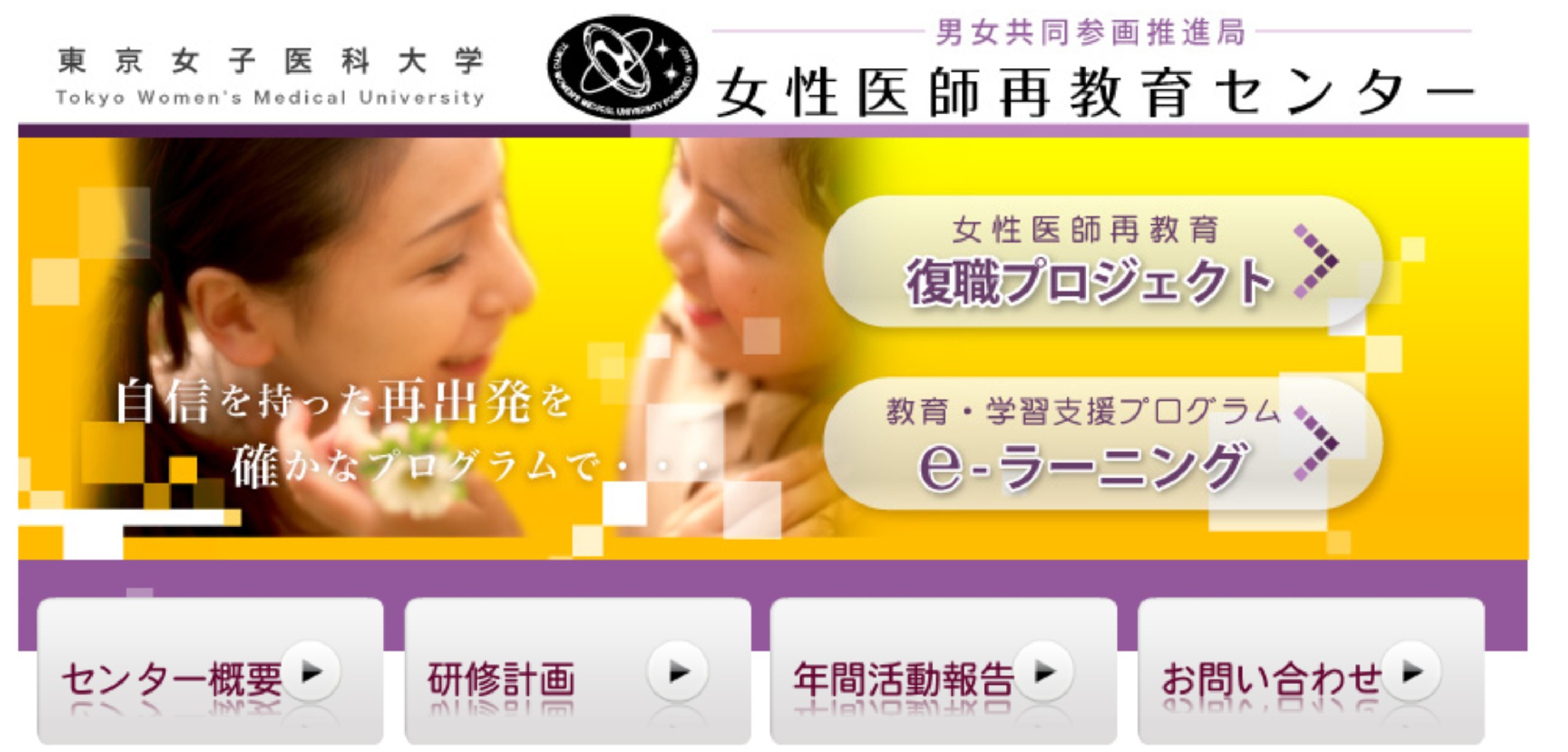
As the only female medical university in the world, TWMU has a unique support system for women called the Female Doctor Re-training Program. This program is designed to help female doctors who have taken time off from work to get married or have a baby. In the program, doctors can continue to study medical skills and current medical issues by an e-learning system while they are on a leave of absence from work. They can also receive custom training at TWMU and other hospitals. Many female doctors have been able to return to work because of this program. If you are interested in learning more, you can find more information by visiting this link.
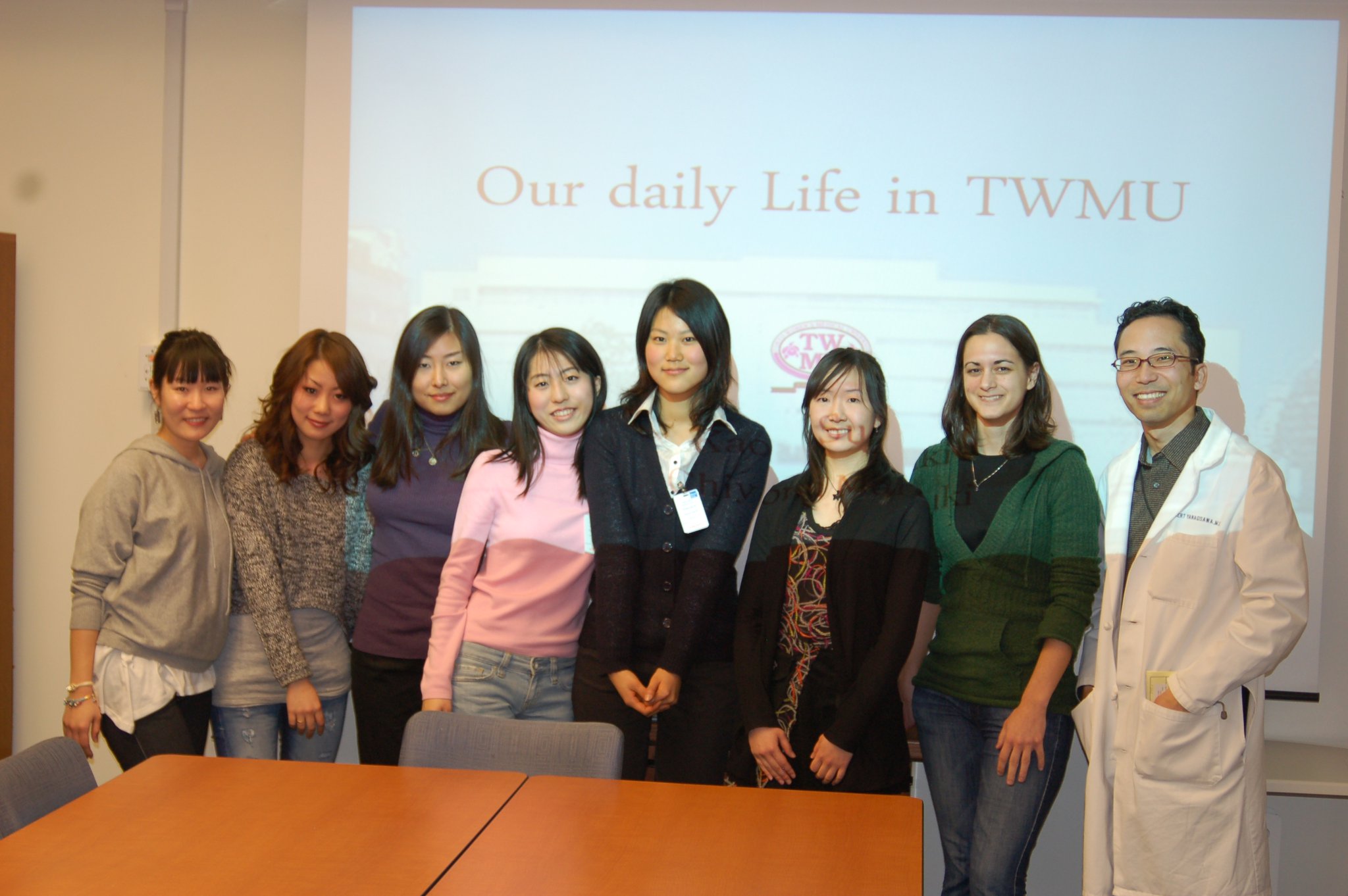
Special thanks to Dr. Shunichi Homma, Dr. Robert Yanagisawa, Chiyomi Maruki, and Kaoru Suzuki for organizing the presentation for the JMSA Members-in-Training.
